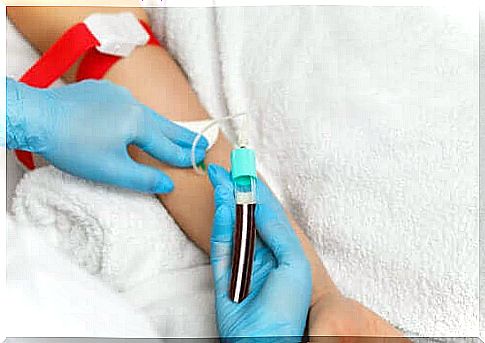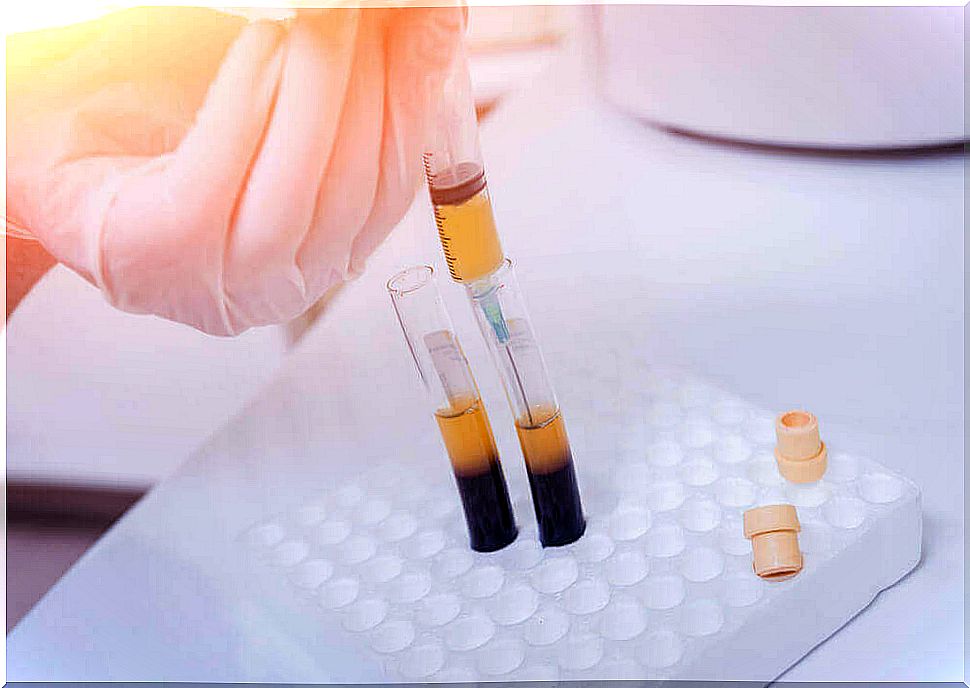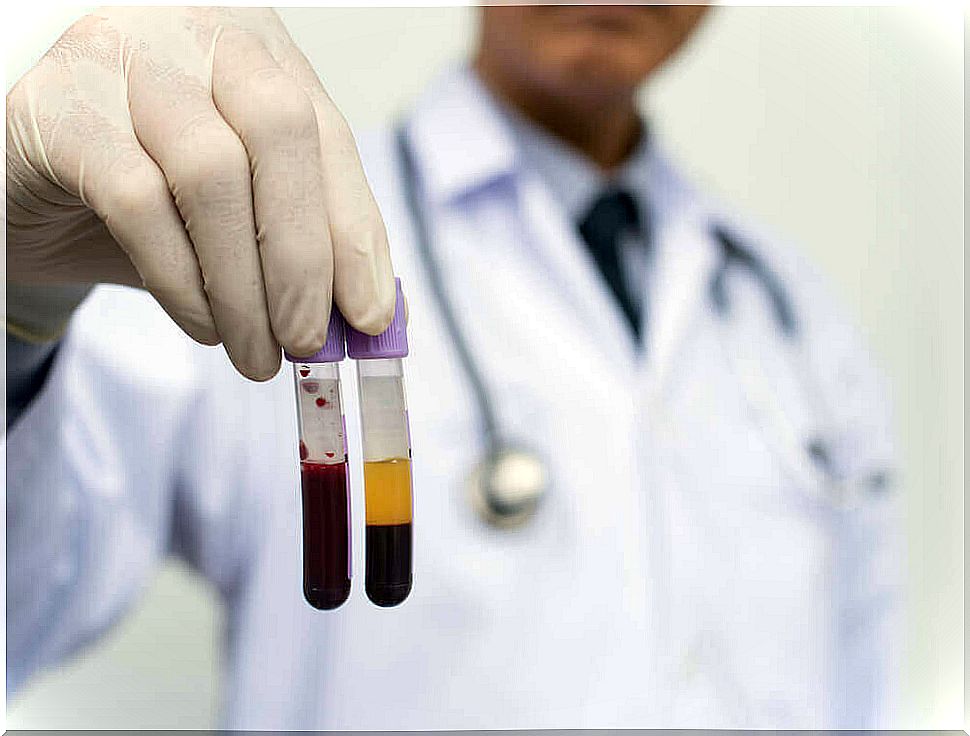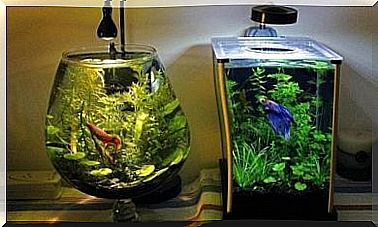Blood Plasma Transfusion: Process, Types And Risks
Donating blood is an easy way to save other people’s lives. In today’s article you will learn how and when to use a blood transfusion. Read on to find out more!

A blood plasma transfusion (transferring blood plasma) can save lives. Around 55 percent of all blood consists of plasma, which in turn is made up of water, proteins and dissolved nutrients. The remainder of the blood consists of blood cells, such as red and white blood cells and platelets. It also contains many proteins, such as albumin, which are very important for various body functions.
The blood plasma transfusion is used for numerous diseases, bleeding and burns. In today’s post we provide information about the technology of plasma transfer and why blood donation is so important.
What is blood plasma?

As mentioned earlier, plasma is primarily made up of water. This yellowish liquid contains blood cells, i.e. the red and white blood cells and platelets. If the liquid component is separated from the corpuscular components (blood cells), a transparent liquid is obtained, the plasma.
It consists of almost 90 percent water, but its composition also contains proteins and mineral salts, which are essential for the body’s functions.
The plasma cells produce immunoglobulin (IgG), which is very important for the immune system. It also contains albumin. This molecule transports certain substances to the tissues of the body.
It should also be mentioned that coagulation factors are also present in the plasma. These enable the blood to clot in the event of a bleeding.
The course of a blood plasma transfusion
It’s a very simple process. First of all, a donor is required who, for altruistic reasons, makes his plasma available in a process that takes 30 to 45 minutes.
After the blood is drawn, the blood cells are separated from the blood plasma in the laboratory. They are then stored in blood banks.
If only the plasma is transferred to a patient, one speaks of plasmapheresis in technical terms. Blood is taken from the patient, which is then separated into plasma and residual blood using a plasmapheresis device. The plasma is replaced and reintroduced to the patient with the remaining blood.
Among other things, this has the advantage that recovery is faster and a donation can be made every two weeks. It’s a relatively straightforward process.
It is important that the donor and recipient have the same blood group. This is due to the fact that proteins are also present in the plasma which could trigger an intolerance reaction.
When is a blood plasma transfusion necessary?

The blood plasma transfusion is used in a wide variety of situations. For example, it may be necessary in the event of a burn or a serious accident so that the patient can restore his blood volume after major blood losses.
Since the plasma contains clotting factors, this technique can also be used to stop bleeding quickly. It is therefore very helpful for patients with diseases such as haemophilia, which result from a deficiency in a coagulation factor.
Blood plasma transfusions are also used in liver transplants. However, there are other techniques that make it possible to transfer only specific molecules to the patient rather than the entire plasma. These molecules are known as plasmatic hemoderivatives.
In the case of hemophilia, for example, only the coagulation factor that the affected person needs can be transferred. Although blood plasma transfusion is a very safe method, the transfer of specific hemoderivatives leads to fewer problems.
You now know that blood plasma transfusion is a simple technique that can save lives. So we should all be aware of the importance of donating blood to help others!









